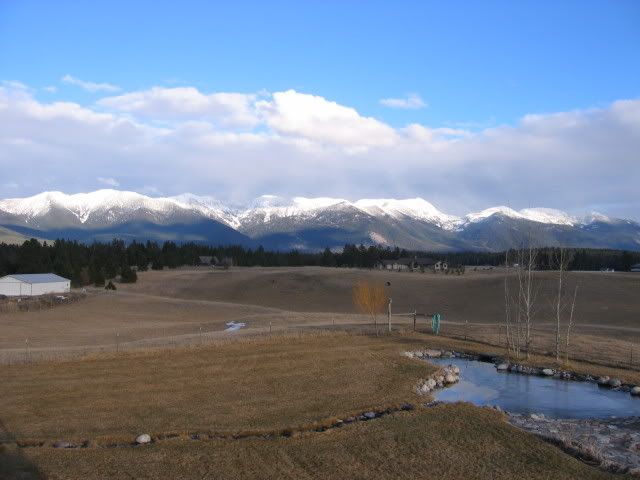Didn't mean to imply my approach was random, just that there is no magic drill to get dogs used to terrain and reliably able to fight that factor. That said, I'm sure Jim's drill would help greatly.

I'm fortunate in that my backyard 40 acres is very hilly, so my dogs have literally run thousands (not a million

) of marks and blinds, angle up one, down the other and side hill on the third. Actually a lot of the grounds we train, trial and hunt on in NW Montana is pretty hilly, left over from retreating glaciers of the last ice age. Our dogs just get used to dealing with this factor as a part of daily training. You can really tell the difference when out of Montana dogs, not used to these hills come up here to run.
CaptJack alluded to handling and or correcting a dog for caving to the hill factor the same way you would in dealing with any factor such as wind, cover, water. To do that the dog needs a recognizable reference, such as a visible gun. A dog squaring up a hill puts him behind the gun. You handle in front of the gun. The dog associates the correction relative to the gun, not really putting two and two together to realize he is really learning to fight the hill factor. Like I said, after a while they just learn to deal with it.





